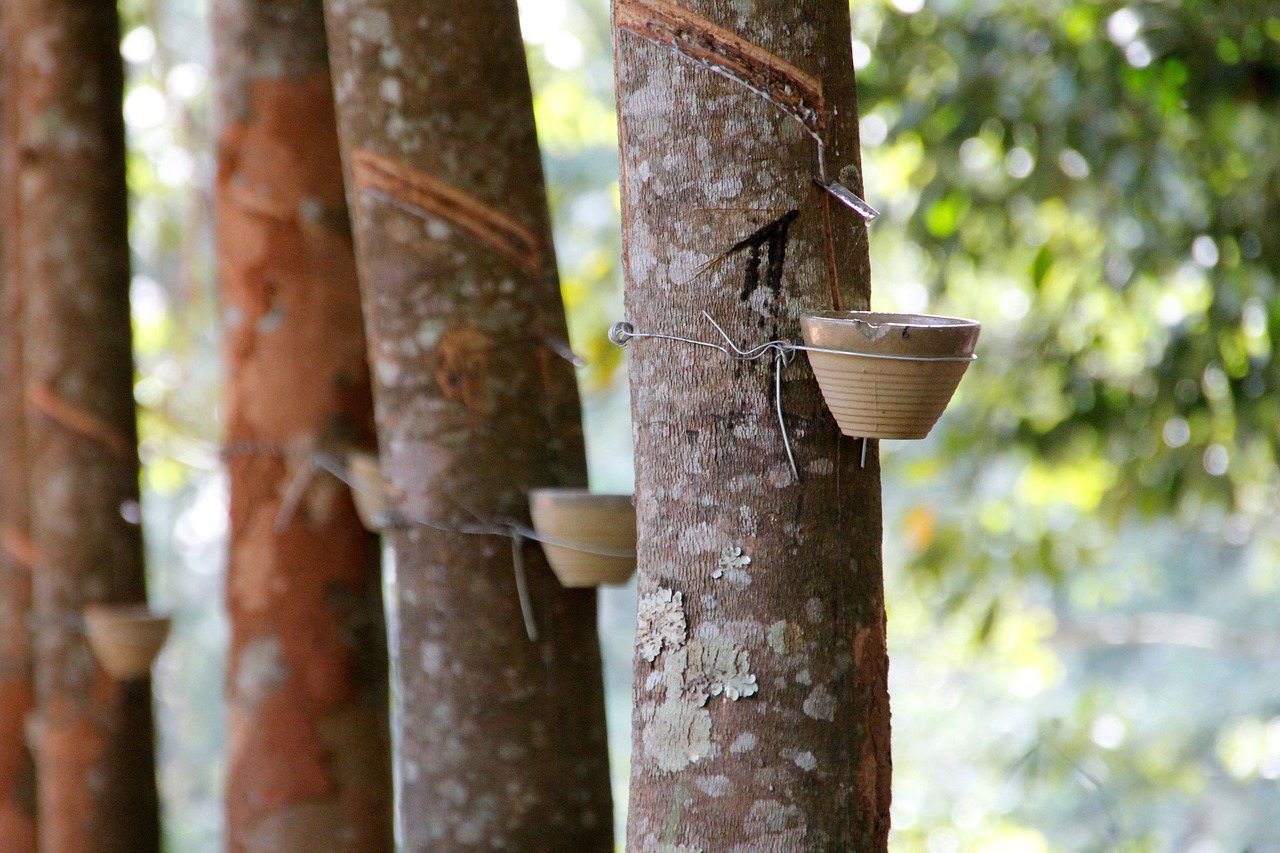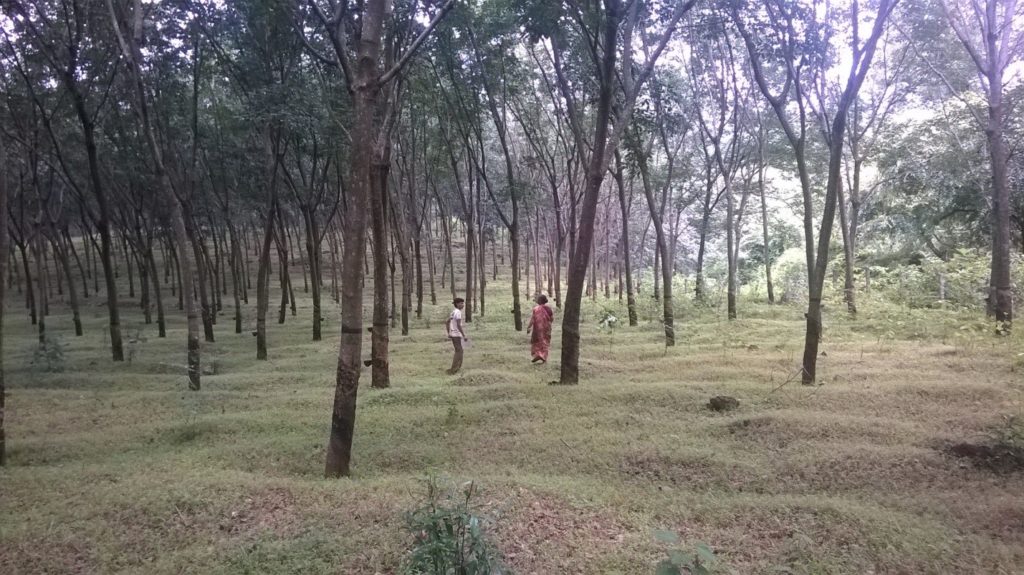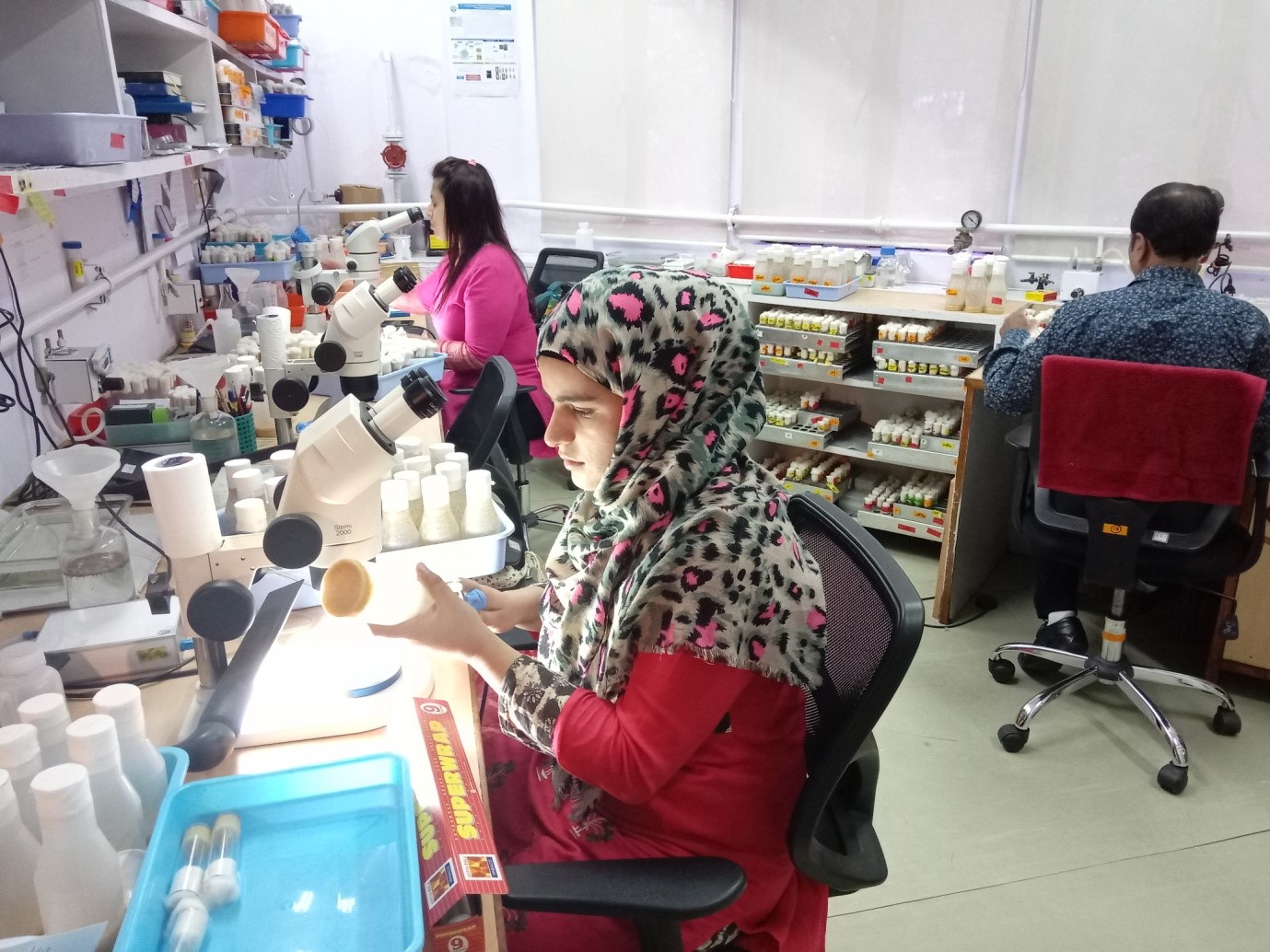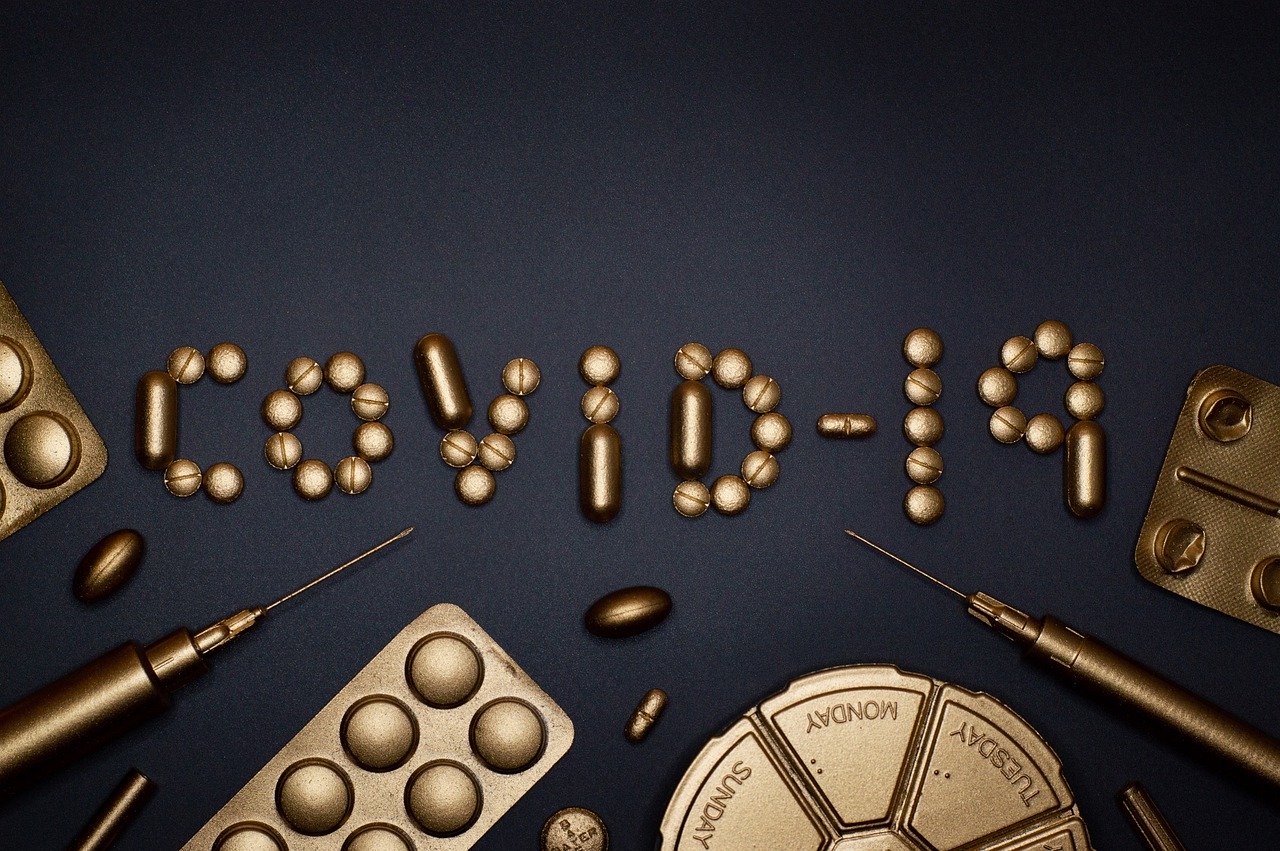
Breeding Dual Purpose Rubber Trees
- News
- 3.6K
More than seven lakh hectares is under rubber tree plantation in India. Currently, rubber growers are facing difficult times with decline in rubber prices, reduced returns and high labor costs. New developments in rubber science can help farmers overcome these problems to a certain extent.

Rubber tree – Hevea brasilensis – is a major plantation crop in Kerala and North-Eastern states. Latex obtained from tapping this tree is used as raw material for tire production and other products like condoms and surgical gloves. The productivity of even superior yielding clones declines after 25 years. So mature trees have to be felled eventually and replanted.
Conventionally, felled rubberwood is used for making packaging cases as it is of poor quality and deteriorates with fungal decay. Hence, it is not generally useful for other purposes like making furniture. New developments in wood science and technology like finger jointing technique, preservative applications have opened new avenues of utilization. There is a good response for rubberwood furniture in the market because of its good aesthetic look and low cost.
Some rubber growing countries like Malaysia have attempted to develop a rubber tree that can be used for latex production initially. After its latex yield declines, the tree can be felled and rubberwood used for other applications. Such dual-purpose rubber clone or progeny can provide double income to growers.
Yet rubber improvement projects in India have focused mainly on increasing latex production and neglected improving wood quality traits. Now, this can change. Earlier studies have proved that selective breeding and hybridization programmes can improve the wood quality characters in tropical trees.
Recently, scientists from the Rubber Research Institute of India, Kottayam have taken initial steps towards breeding dual purpose rubber clones. They have studied wood properties variation and heritability of 11 progenies obtained from crossing superior latex yielding rubber clones which are cultivated on large scale.
Wood samples were collected from these progenies as well as their individual parental clones for estimating wood specific gravity and fiber traits. Primarily, wood specific gravity is a highly heritable character in trees and it decides the timber utility. Researchers interpreted the growth traits of the trees with wood properties and found that wood specific gravity did not show any significant correlation with growth traits. Hence, they are hopeful that they can improve wood specific gravity independently in rubber tree without compromising growth and latex yield.
The wood characteristics like fiber length, fiber diameter, lumen diameter and thickness of fiber wall determine structural, physical and chemical properties of wood. So information on their genetic control and heritability becomes vital in planning tree improvement programmes. Based on the results of this study, scientists have concluded that there is a positive genetic relationship between rubber tree growth traits and fiber diameter as well as fiber wall thickness.
Therefore, selection for good growth vigor could lead to improved fiber traits. However, they also state that fiber length was negatively correlated to tree growth. Hence, it may not be possible to simultaneously attain vigorous growth and longer fibers, researchers have reported in the study published in journal Tree Genetics & Genomes.
Fiber length, however, is an important criterion for pulp and paper production. This necessitates different breeding approach if the objective is pulp and paper products from the rubber tree. “If not as a sole source, fast-growing rubber clones can be a potential source for pulp and paper industry, which has not been exploited so far,” explained Dr. Narayanan Chaendaekattu, who led the research study. In order to use rubber wood for paper and pulp, there is a need to sort out latex depositing issue on the pulp. This might need an interdisciplinary research.
Based on this study and other existing information, scientists are confident they can manipulate wood traits suited to for pulp and paper production. “As factors like flexibility coefficient and the Runkel ratio in rubberwood have good heritable nature, we can definitely work on it. This would require a dedicated long-term breeding programme, which we have already initiated at our institute,” he added.
In addition, the conventional method of developing clones through hybridization and selection in rubber trees is a long-term programme. “We expect stable and consistent results in the long run and there is no short-cut,” said Dr. Chaendaekattu. This research highlights the significance of tree breeding programmes for improving productivity and it also necessitates the need for understanding the basics before initiating tree breeding projects aimed at increasing productivity.
The research team included Narayanan Chaendaekattu and K. K. Mydin of the Rubber Research Institute of India, Kottayam, Kerala (India Science Wire).
By S Suresh Ramanan
If you liked this article, then please subscribe to our YouTube Channel for the latest Science & Tech news. You can also find us on Twitter & Facebook.


